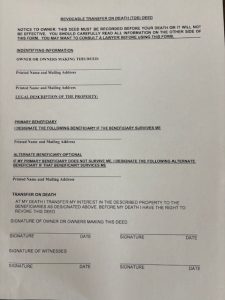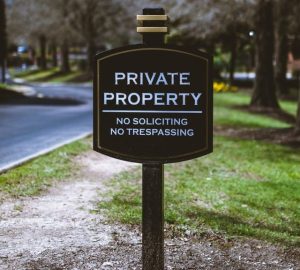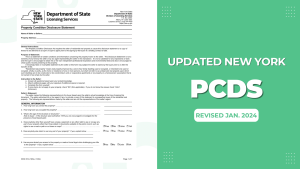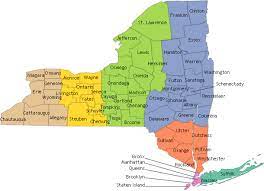
News outlets recently reported the tragic death of Shannen Doherty at the young age of 53. Ms. Doherty was best known for playing “Brenda Walsh” in the series “Beverly Hills, 90210.” She was diagnosed with cancer in 2015 and bravely fought against the disease until her death. The actress was survived by her mother, brother and estranged third husband, as well as her dog. She did not have children. Knowing that she was terminally ill allowed her to make appropriate personal and legal plans.
It has been reported that Ms. Doherty made her funeral wishes and preference for the disposal of her remains known to those close to her. The actress handled these aspects properly. It is not preferable to request that your attorney include these preferences in a Will for the following reasons. The survivors are most likely to have the funeral conducted and the remains disposed of before locating a Will or other written directions from the deceased or her attorneys. Then, it may be discovered too late that these activities were conducted in a fashion contrary to the desires of the deceased.
Ms. Doherty had an extensive furniture collection and more personal belongings than she needed. She wanted to make things “easier for her Mom” by selling her belongings as she prepared to pass away. Also, if her personal property in effect was converted to cash through sale, arguments over who would receive her personal property could be avoided.












